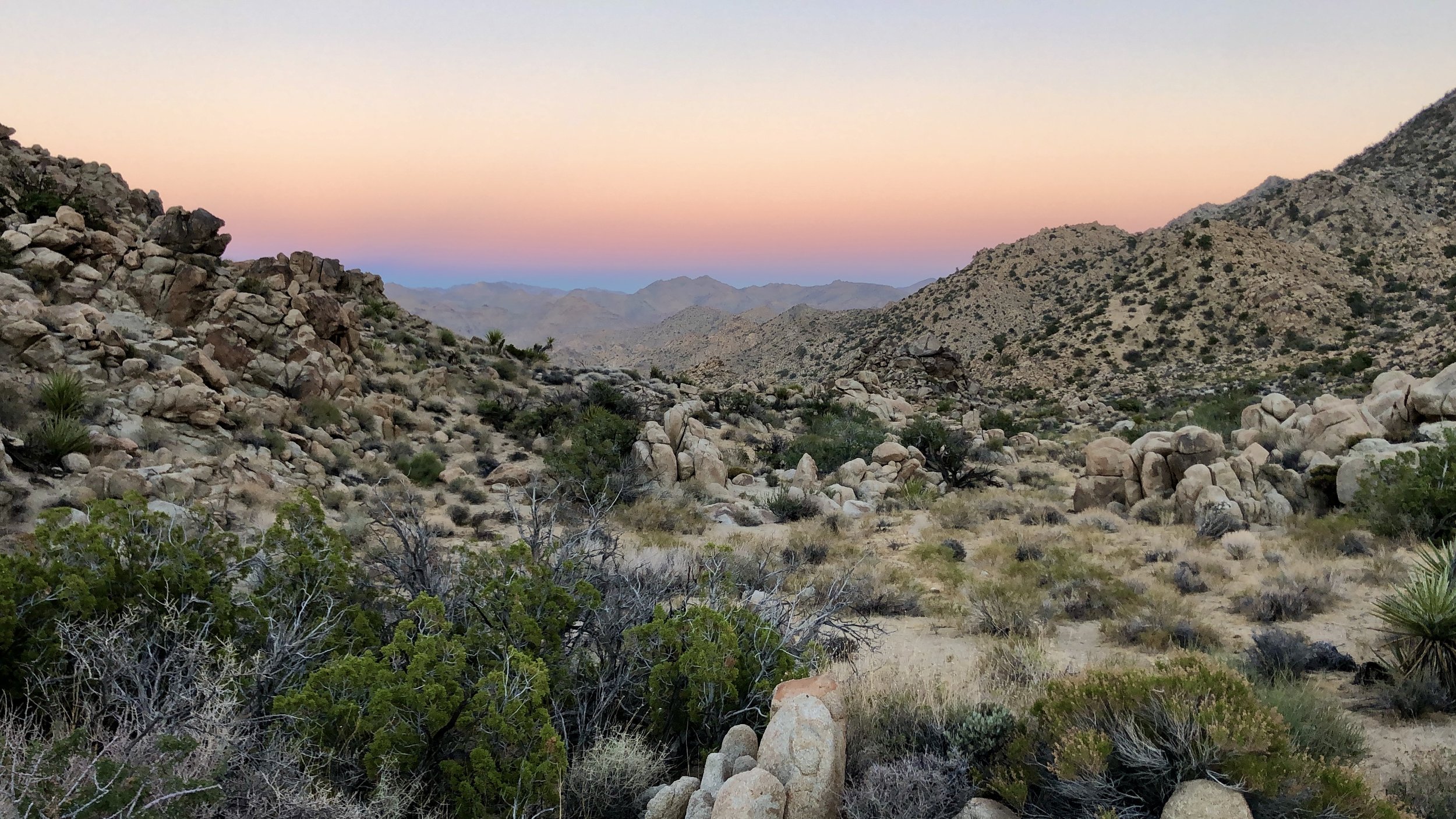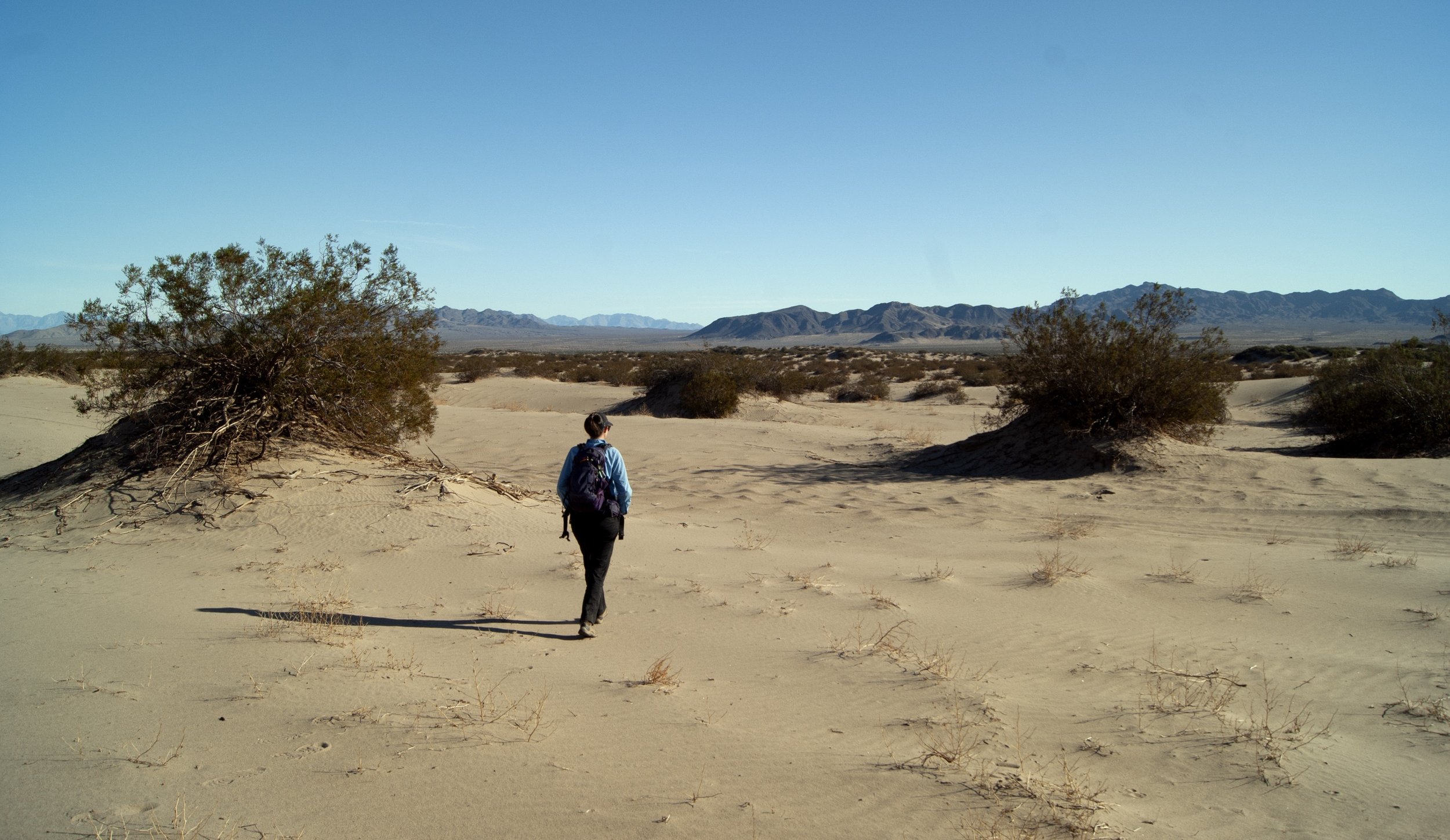



We are at a critical juncture for the western Joshua tree. It may seem impossible to imagine the southern California desert without its signature Joshua tree forests, but without adequate protective measures to address impending threats, it’s a very likely scenario.

The so-called ‘barren’ lands of the Mojave actually play an important role in keeping carbon out of the atmosphere. Scientists have been surprised to find that deserts, like other ecosystems, function as a carbon sink. This means the Mojave Desert and all the world’s arid lands play a key role in the carbon cycle and carbon uptake — and that preserving them is of high importance as the climate crisis continues. But wait: How does a landscape that seems so empty keep carbon?

If you live in, visit, or care about the Mojave Desert, you’re probably quite familiar with the ungainly silhouette of its most iconic resident: the Joshua tree. Yucca brevifolia and its related species Yucca jaegeriana are endemic to the Mojave Desert, meaning that they’re not found anywhere else on earth. As the manifestations of climate change multiply, even that restricted range is likely to shrink, when low-elevation and southerly populations struggle to adapt to hotter conditions.